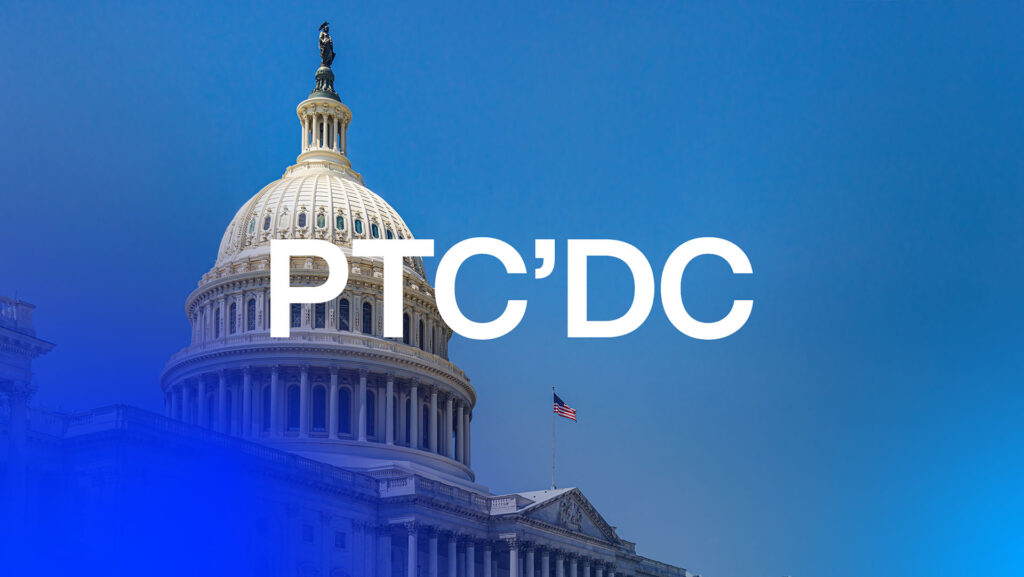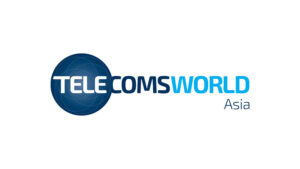DE–CIX International CEO says more digitalization will address the new socioeconomic realities
No one doubts it’s a time of global crisis, and a crisis that may mean great change. Post-virus, many of us will be doing things differently, say experts. Among all of these differences, we may see new structures and attitudes in business as flexible and remote working practices move toward the permanent and the commonplace.
The new reality, says Ivo Ivanov, CEO of DE-CIX International, is a final, if belated, recognition of what our digital future actually means. The message, he says, is a resounding one. “The global message is that in these difficult days, we now see the importance of digital infrastructure for businesses and for people around the globe,” he asserts, “especially in the many countries where physical restrictions are now in place.”
Society needs “proper digital responses” merely to function, he indicates, and the ICT community needs to deliver “solid solutions.” Ivanov continues: “We see closed borders, but if you stay digitally connected, the relationships will stay active. We need this on a family level, and we need it on a business level.”
Digital is Now Everywhere
“As a consequence, digital infrastructure is very important. Digital processes will be everywhere because [these activities] cannot be done efficiently in other ways,” he says. “Even before the crisis appeared, we saw a dramatic growth in demand for more digitalization on different levels… in our living rooms, and also in our offices regardless of organization or sector.”
As the largest operator of Internet exchanges, DE-CIX has a bird’s-eye view of how these demands are unfolding. In March, the company says, on top of an already high growth, remote working patterns resulted in Skype, [Microsoft] Teams, and [Cisco] WebEx traffic demand soaring. Videoconferencing increased 100 percent on previous levels. VPN usage has also climbed. Alongside this, social media and online gaming traffic has surged 50 percent. Meeting this has meant service provider customers have been very busy, and anticipating further growth, have upgraded capacity demand. Orders of 20 percent more exchange capacity around the world are commonplace, the company says, with some key hub locations seeing a doubling. Meanwhile, traffic has been breaking records up to a throughput of 9.1 Tbps in March, a world record, in the Frankfurt hub, alongside other global digital hubs – such as Madrid and New York – hitting record peaks.
Ivanov argues much of this demand is rational but predicts a sea change and a possible rearchitecting within the industry as a consequence. He continues: “We see an almost self-explaining interest in video conferencing, and we see a huge increase in cloud connectivity. But we are also registering a change in network characteristics, too. Internet access operators are increasing capacity and connectivity because homes are now being used as offices. [As a result] network operators are having to rethink how they interconnect in terms of network traffic management.
“Where we have fewer office-based staff and fewer students on college campuses, people want to do what they were doing in their living room,” he comments. “This changes traffic origination, traffic destinations, and traffic flow patterns.” This is the “one key lesson” for the network community, he asserts.
Different and more direct interconnection will be in demand. The more direct the connection, he argues, the better the quality and user experience will be because latency is minimized. However, he adds, the major benefit is better traffic control management. In turn, this means more network efficiencies, better control of outages, and better security.
Day-by-Day?
From the network and services point of view, this dynamic requires continuous evaluation, but also emerging is the need for “a certain flexibility” in the various roles and components of the digital value chain.
Much of the new and evolving picture remains unclear. “At the moment, we work on a day-by-day basis because the situation is extremely dynamic,” Ivanov says. “For example, we don’t have the similar stage of physical restrictions across all countries. Some countries, such as Italy, have introduced national shutdowns. India has recently moved toward one. There are differences again with the U.S., but clearly the situation is very dynamic in global terms.”
There will be bigger picture changes too. Users may need to be aware of the complex ecosystem involved. “People do not know what is happening at the end of the cable that delivers the Internet to their home. So, a kind of education is probably needed,” Ivanov concludes. “The Internet infrastructure is a very complex one. They realize the importance of this, but everyone should pay attention to it. A simple fault on Skype or Netflix usage may actually have highly complex roots.”
Service quality and assurance also follow, he says, especially when this rearchitecting involves critical remote work, tele-education, and telehealth environments. Likewise, the supply chain will matter for 24/7 operation. He suggests that telecom and network engineers should be considered as part of the emergency services. “The more flexibility governments will [allow here], the better for all of us. One of the key messages for them will be: Please open the door for a flexible and reliable telecom infrastructure cross-border.” On the corporate level, forward capacity policies will also be in place. Ivanov says that DE-CIX books its own build a year in advance, and expansion is triggered when 63 percent of capacity is used.
The Great Unlock?
Going forward, he says the community should focus on mutual growth to realize this new reality: “The next level is to provide digital integration, to invite enterprises, especially Fortune 500 ones, to participate in interconnection directly.”
Ivanov clarifies the resultant strategy. “Today, it is a must to have your hand on your infrastructure and the needs of your client,” he says. “This becomes a key response. The current situation of COVID-19 will help us to educate the enterprise, but there is still a big challenge in terms of changing processes and structures. The visibility is now there, but it still takes a lot of time to restructure and make the decisions to do it in a different, better, and future-related way.”
Nevertheless, he is optimistic in the challenge, and calls for industry and government to get on board. “I believe the bad situation today will certainly contribute to a positive outcome in awareness and understanding of digitalization, and hopefully a new commitment. Digital life is an essential part of our lives, so improving this means improving the quality of our lives.”
The industry agenda should be clear, he says. “We will have to deliver more and more platforms into more and more markets, and provide a solid digital infrastructure everywhere. When you are [physically] locked down, you need to become digitally unlocked.”






























